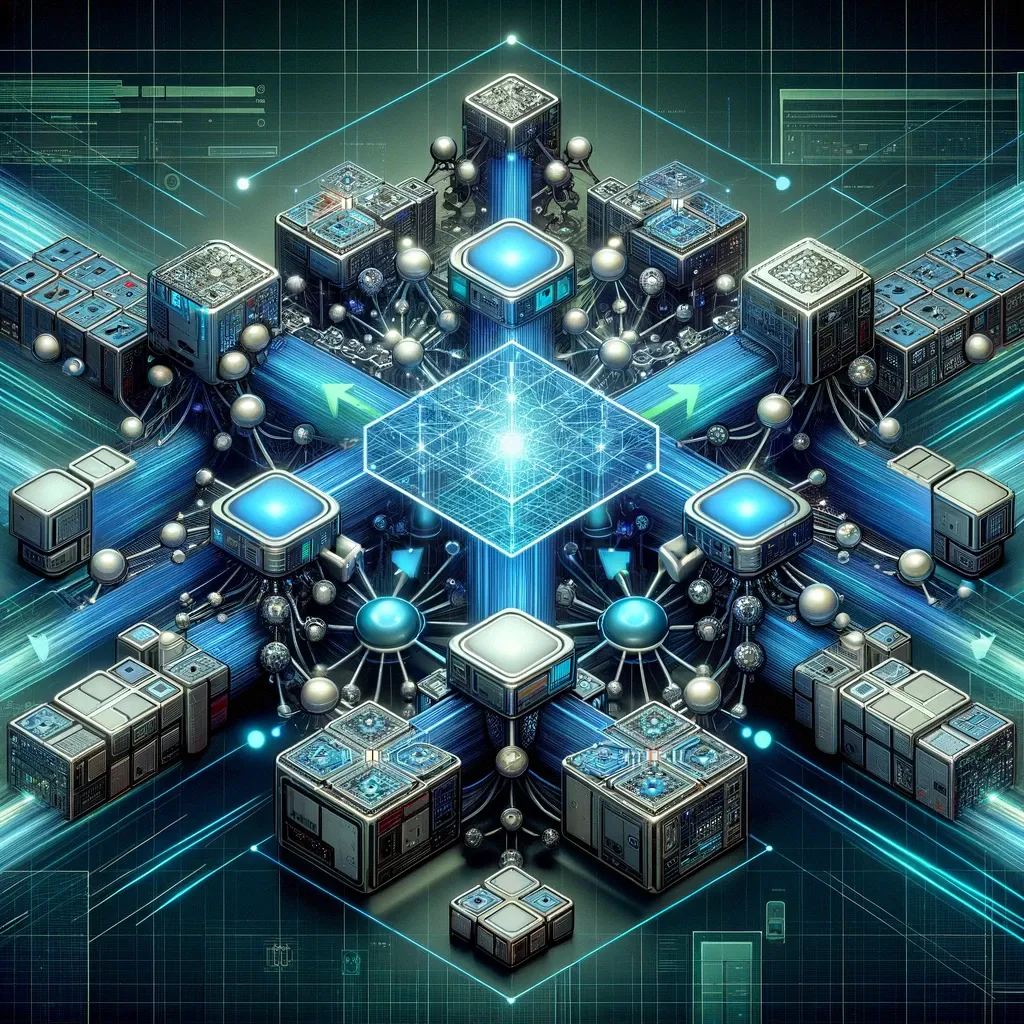In the intricate dance of machine learning, orchestrating models to perform in harmony is crucial. This is especially true for Retrieval Augmented Generation (RAG) systems, where the fusion of domain-specific embedding models with Large Language Models (LLMs) promises a leap forward in AI's capabilities. Just as Kubernetes revolutionized container orchestration, there's a burgeoning need for a similar, robust framework to orchestrate RAG systems. Such a framework would ensure seamless integration, testing, versioning, fine-tuning, co-hosting, monitoring, and deployment with low latency. This orchestration is not just a luxury but a necessity for the advancement and practical deployment of RAG systems in real-world applications.
The Need for a Dedicated Orchestration Framework
Testing and Versioning: As with any software, RAG systems need rigorous testing to ensure their reliability and effectiveness. Versioning is equally important to manage iterations efficiently, allowing developers to roll back to previous versions if a new update introduces issues.
Fine-Tuning: Domain-specific embedding models and LLMs often require fine-tuning to adapt to the nuances of their target domain. A dedicated orchestration framework would streamline this process, making it easier to adjust models to achieve optimal performance.
Co-Hosting on the Same Server: To minimize latency and maximize efficiency, it's beneficial to host related models on the same server. An orchestration framework designed with RAG systems in mind would facilitate this, ensuring that data flows seamlessly between models.
Monitoring: Continuous monitoring is crucial to detect and address issues in real-time. An effective orchestration framework would provide tools to monitor the performance of both individual models and the system as a whole.
Low-Latency Deployment: In many applications, the speed of response is critical. An orchestration framework for RAG systems must prioritize low-latency deployment to ensure that users receive timely and relevant responses.
Kubernetes for RAG: A Vision for the Future
Imagine a world where RAG systems are as easy to deploy and manage as containers in Kubernetes. This vision entails a platform where developers can:
- Deploy and manage domain-specific embedding models and LLMs with the same ease as containerized applications.
- Automatically test and version models to maintain a high standard of reliability and performance.
- Fine-tune models with streamlined processes that are integrated directly into the orchestration platform.
- Co-host models on the same server without the need for extensive configuration, optimizing resource use and minimizing latency.
- Monitor the health and performance of their systems with built-in tools designed for the complexities of RAG.
- Achieve low-latency deployment to ensure that their applications meet the demands of real-time processing.
Such a framework would not only reduce the operational burden on developers but also unlock new possibilities in AI, enabling more sophisticated and responsive applications. It would democratize access to advanced RAG systems, allowing developers to focus on innovation rather than infrastructure.
Conclusion
As we stand on the brink of a new era in AI, the need for an orchestration framework akin to Kubernetes for RAG systems is clear. Such a framework would address the critical needs of testing, versioning, fine-tuning, co-hosting, monitoring, and low-latency deployment, paving the way for the next generation of AI applications. By providing the tools to manage the complexity of RAG systems, we can unleash their full potential, bringing us closer to realizing the dream of truly intelligent and responsive machines.


